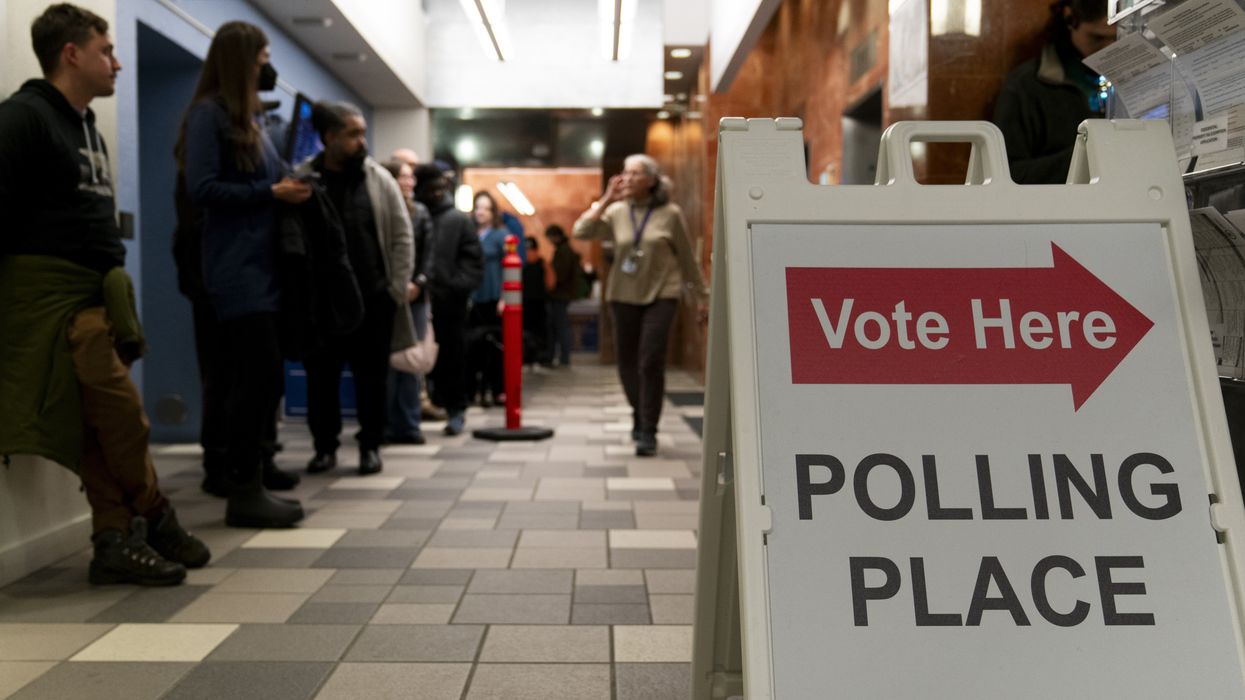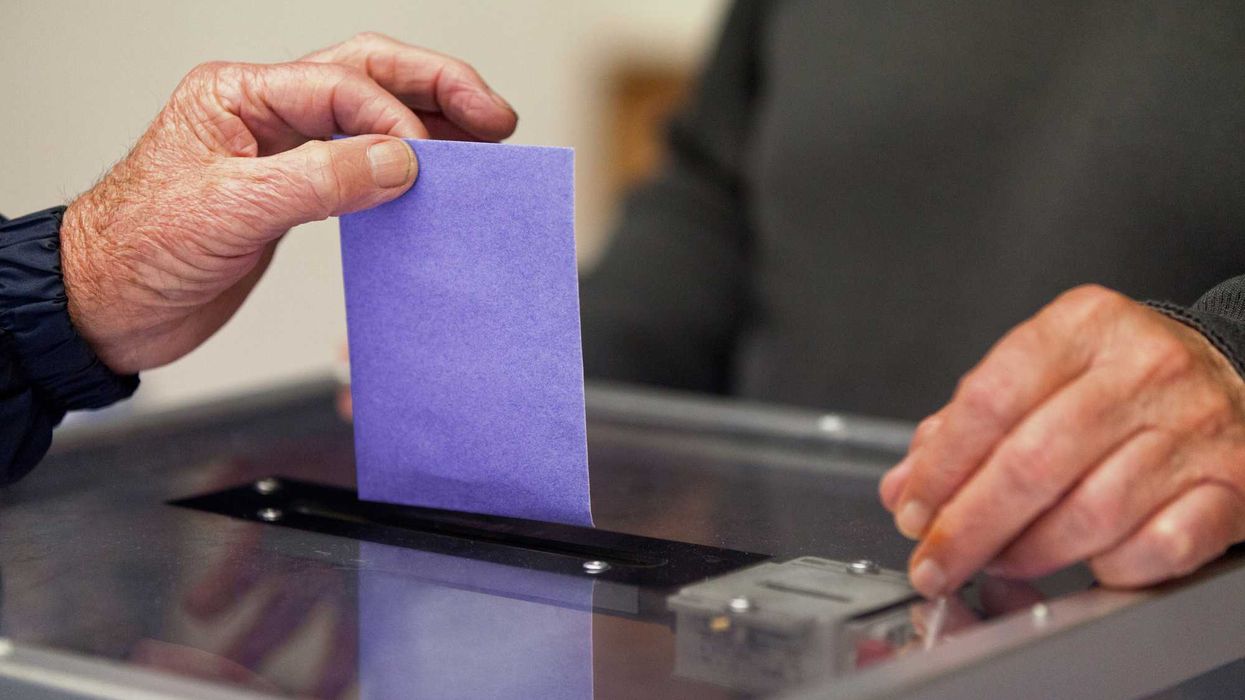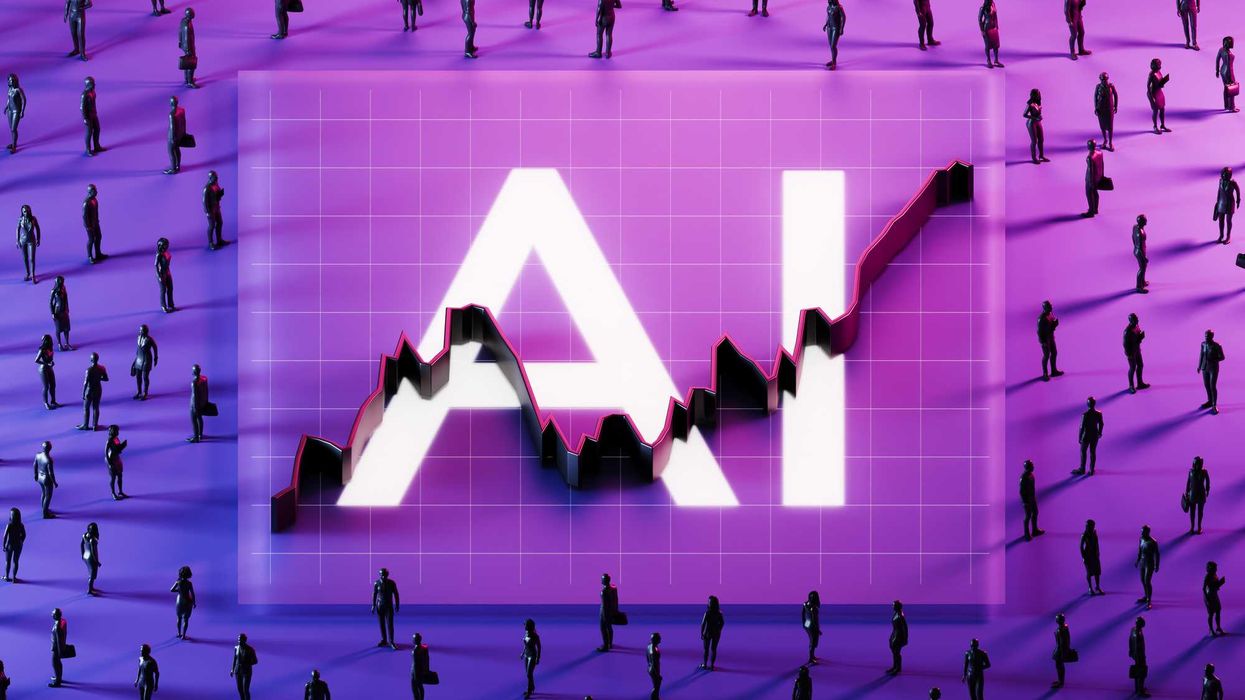At the end of a bitter and closely divided election season, there’s a genuine bright spot for democracy from our 49th state: Alaskans decided to keep the state’s system of open primaries and ranked choice voting because it is working.
This is good news not only for Alaska, but for all of us ready for a government that works together to get things done for voters.
Alaska’s new system has only been in place for two years. Yet, voters protected it from a repeal effort driven from the extremes because it has already delivered results that Americans in other cities and states would be wise to look to.
I was born and raised in Alaska, so I can attest that ranked choice voting and open primaries have returned a spirit of problem-solving and collegiality to a state where voters want practical results instead of partisan plays. The reality of the state’s terrain and climate require Alaskans to rely on our neighbors no matter their politics.
Before voters enacted this reform, however, Alaska’s Legislature had stopped working this way. Like so many legislatures across the country, lawmaking was stifled by elected leaders beholden to a small partisan primary electorate rather than the needs of the majority. Many Alaskan voters felt alienated by how toxic and partisan elections had become, contributing to lower turnout and engagement, particularly among rural and Alaska Native communities.
As a result, Alaska’s Legislature was one of the least productive in the country. Lawmakers failed to agree on a budget and couldn’t pass key bills on topics like education, pensions and health care.
Now, that problem-solving spirit is back. With ranked choice voting and open primaries, Alaskans running for office need to talk — and listen — to all of their voters. In Alaska’s system, the top four finishers in an open primary advance to the general election. There, voters have the option of ranking candidates according to their preferences. The winner is the candidate supported by the majority of Alaska’s voters.
In other words, candidates campaign not just to a partisan base, but to all voters in their state.
Voters — including the nearly 60 percent of Alaska voters unaffiliated with either party — have seen firsthand how effective this new system is. In 2022, nearly 20 percent of Alaskans ranked candidates of multiple parties, simply voting for the candidates they thought would do the best job. Alaskans have found ranked choice voting easy to use and like the results it generated.
Yet, the most important improvement hasn’t been the election itself, but what comes after. Those who win know that they have a mandate to solve problems, having won support from a real majority of voters. As a result, lawmakers from across Alaska’s political landscape — Republicans, Democrats and independents — have come together to create governing coalitions that have made real nonpartisan progress on addressing energy issues, growing the state’s economy and workforce, and improving public education.
And so a broad coalition of Alaskans came forth to protect the reform, even as extreme partisans encouraged them to repeal it and put them back in charge.
The final results were close. But Alaskans of all backgrounds were heard loud and clear. The new system worked, and it is here to stay.
This is a proven and viable system that rescued Alaskan politics from the ditch of dysfunction and potholes of polarization. Just think what ranked choice voting and open primaries could do in your state.
It’s true that voters in three other states (Idaho, Colorado, Nevada) turned similar systems down this year — in part because they were drowned out by millions of dollars and old-fashioned partisan misinformation from those seeking to preserve their hold on power But Alaska is proof that the people who use this system like it and will work to retain it.
Meanwhile, ranked choice voting’s momentum continued unabated at the city level in November. Washington, D.C., voted overwhelmingly to adopt it, as did Oak Park, Illinois. That makes 31 wins in its last 32 votes at the city level, for what has become one of the nation’s most potent and popular election reforms.
That march forward will continue, and the governing results from Alaska are the reason why. Ranked choice voting will keep growing because it works for voters and elected leaders who want to get things done — and voters know it.
Sumpter is president and CEO of FairVote, a nonpartisan organization seeking better elections.



















